by Lt Col Bill Finley, USAF(Ret) as told to Jim Clary
Photo courtesy of Bill Finley
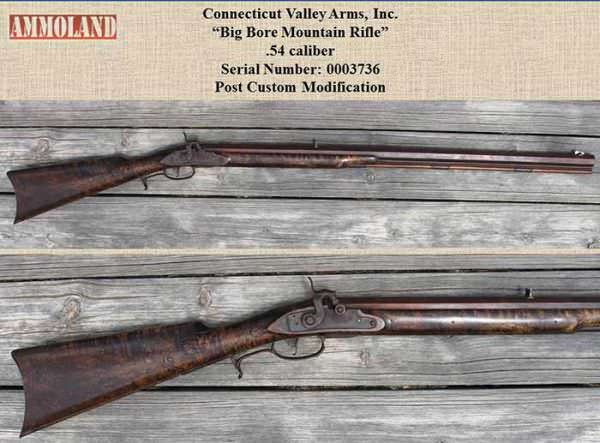

USA – -(Ammoland.com)-I have known Col. Bill for several years, shooting next to him at the Zia Rifle and Pistol Club in Albuquerque, NM. Besides being a better pistol shot than I will ever be, he is a master craftsman.
One day in particular this past spring we got to talking about muzzleloaders. He told me about a kit-gun that he bought and modified several years ago. He had my attention.
The following is the description by Col. Bill of what he went through to turn a generic CVA Muzzleloader Kit Rifle into a true work of art.
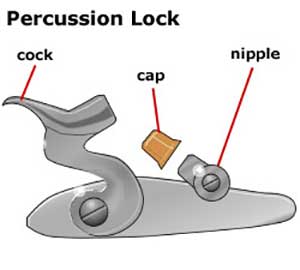
The rifle in the title picture underwent major modifications from being just a kit to a “smokepole” that folks would say: “Where’d ya git yer kit?” This muzzleloading rifle was built, from scratch beginning with the kit as purchased and then using only the kit’s rifled barrel, drum, nipple, breech plug, tang, buttplate, stock, and the front half of the trigger guard. The muzzleloader rifle kit was purchased from the New Mexico Territorial Gun Shop in Albuquerque, NM in 1979.
He decided to buy that particular kit due to its far better than normal quality, hard, figured maple stock. Life is too short to work with poor quality wood.
Some thought was given to what could be done before work was started. It was decided that the kit could be modified to reasonably represent a Golden Age late flintlock era Virginia full stock rifle that had gone west in the early mountain man fur trade era. As such, a rifle of that initial pedigree might have been modified in St. Louis to better suit it for service on horseback.
Thus, it would need a new percussion lock, a shortened barrel, and suitable replacement parts such as a nose cap and under rib to make it more robust as a half stock rifle. The 32” barrel length in the CVA kit was suitable for such a plan.
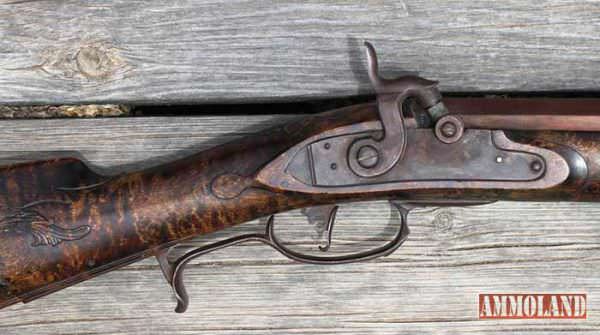
Step one was to throw away the Spanish made lock. The same was done to the nose cap, under rib, thimbles, wedges, under lugs, wedge plates, triggers, ramrod and sights. New parts made from scratch were a lock that would fit to the wood recess with just enough larger size on the lockplate to assure a clean, tight interface of the lockplate-to-wood inlet, an under rib, new thimbles, under lugs, barrel retention pins, a nose cap, a toe plate, a ramrod, a trigger, trigger plate and new sights.
Best-matching hard maple was used to fill the four wedge escutcheon inlets so that pins could be used instead of wedges giving a look (at first glance) of the earlier flintlock architecture rather than what double wedges would have provided. The CVA-routed ramrod channel in the forestock was filled with a block of maple and a new ramrod hole was drilled in the forestock for the ramrod which is larger than the one provided in the kit. That assured a stiffer, more durable forend for the stock.
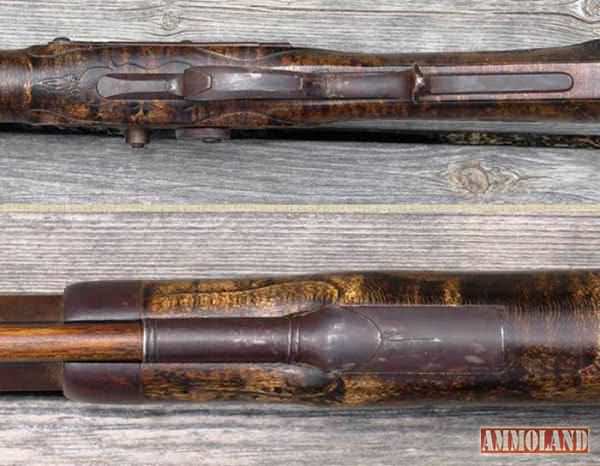
Matching maple was used to fill the hugely oversized lock inlet of the kit so the new lock could be properly inlet to conform to the shape of the internal lock parts. The missing wood at the top of the lock recess needed to accommodate the Spanish lock’s poor hammer architecture was filled and shaped to show a continuous lock boss – as it should be – at the top of the lock plate.
A block of maple was fitted and epoxied into the trigger inlet area adding strength in that part of the stock.
The bow and front portion of the CVA trigger guard was retained and a new rear portion was fabricated and welded to the retained trigger guard portion.

Major filing reshaped the trigger guard putting flats on the bow of it. The CVA iron buttplate was given filed flats and a wedding ring decoration at the front of the heel extension aka flintlock era decoration. The new iron thimbles also were given a raised ring appearance at each end as well as flats on each one. An iron toe plate was made. It was given a flower blossom and scroll inlay of brass which was engraved. A new iron side plate opposite the lock was made along with new lock retention screws. The new trigger was made in a style that would conform to a look of a flintlock era origin. The trigger pull was worked down to a 3 ½ pound pull. The trigger guard, entry thimble and tang were given some minor engraving.
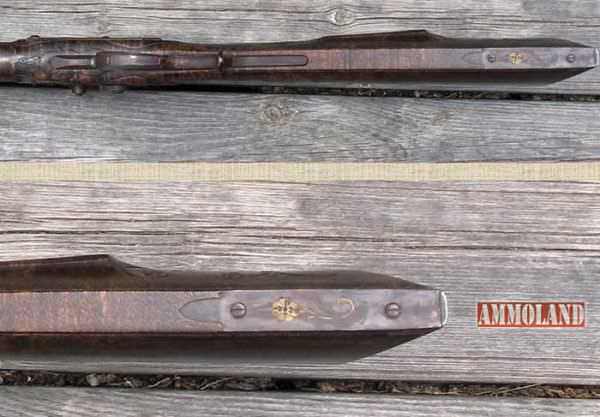
The stock was raised carved in a rococo pattern style. It is an original pattern; not a copy of any old rifle. Carving was deemed suitable to the flintlock era “origin” of the rifle if it had been a high quality flintlock. That origin concept was carried forward to include carving behind the tang in keeping with the style of carving work done in Virginia, and around the lock boss as well as at the entry thimble.
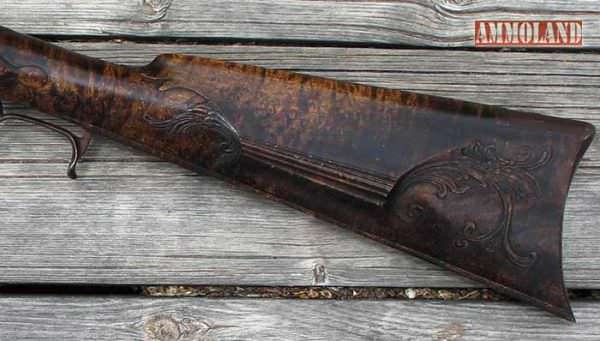
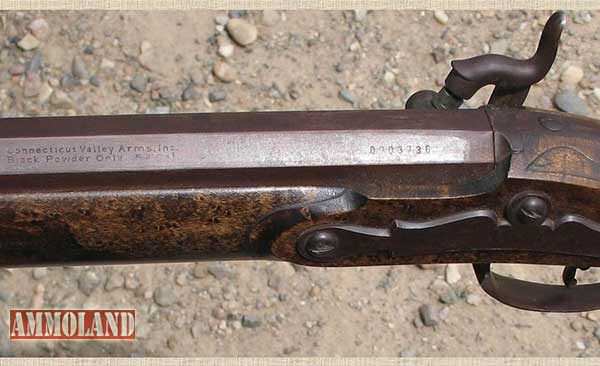
The completed CVA Muzzeloader Kit Rifle has been on two elk hunts and several deer hunts.
It is very accurate with round balls. The best hunting load is 120 grains of FFg DuPont powder, .530” round balls and bed ticking patches lubricated with a mixture of mutton tallow and pine tar. That lube is one I’ve used since making it in 1965 as a recipe that Bill Large, the well known Ohio barrel maker, provided to me. It is a recipe that never gets rancid or fails to perform. At a range of 75 yards the rifle will put five shots into a single, ragged hole if the shooter does his part.
Bill has had an enormous amount of fun when he answers the question as to where he got the gun….“I got it from CVA”…. “but did a bit of extra work on it.”
Looking at the picture one has to agree… Bill Finley is a master craftsman of the “old school”. And BTW, he won’t sell that gun to me…. no way, no how!
About Jim and Mary Clary:
Jim and Mary Clary have co-authored over three hundred and fifty articles, (and counting) on shooting and hunting. You can read many of them on AmmoLand News.

MAGNIFICO ARTICULO,QUE SEÑALA LA VALÍA Y AUTORIDAD EN LA MATERIA,DE QUIEN HA REALIZADO
EL TRABAJO DE ACTUALIZAR ESTA ARMA QUE MUESTRA EL ARTÍCULO.